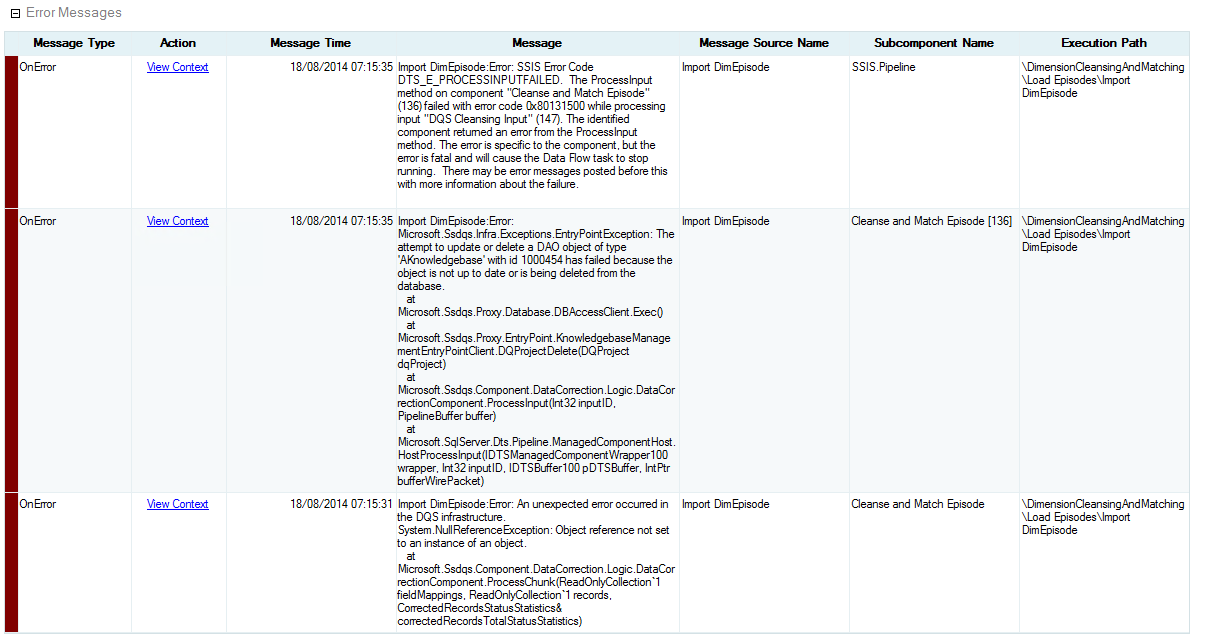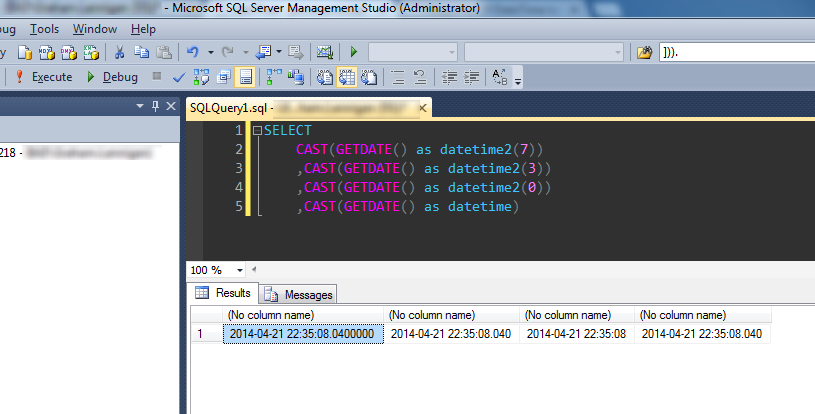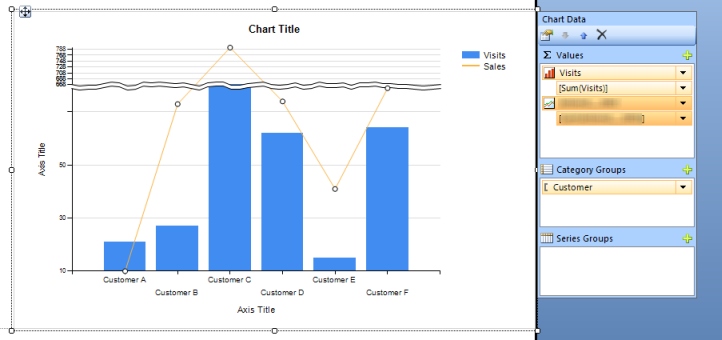
As part of Microsoft’s push to include business users in the Business Intelligence space, the addition of Data Quality Services to SQL Server’s feature set opened up the ETL process to the people who, arguably, know the data best. Integration with SSIS was a great move, meaning that this user control extends to automated processes, further closing the gap between data and the business.
However, like most new components, Data Quality Services has some teething problems, and these can be quite hard to find when debugging your SSIS packages. Here’s a quick tip that should help solve some of those tricky to find DQS issues.
read more




